Comparative Analysis of Ternary Lithium Battery and Lithium Iron Phosphate Battery
As the current mainstream lithium battery type, ternary lithium battery and lithium iron phosphate battery it is widely used in electric vehicles, energy storage systems and other fields. This article will make a detailed comparative analysis of the characteristics, advantages and disadvantages, and applicable scenarios of ternary lithium battery and lithium iron phosphate battery to help readers better understand the differences between the two battery types.
I. Overview of ternary lithium battery and lithium iron phosphate battery
-
ternary lithium battery: lithium ion battery with lithium manganese oxide (LiMn2O4), lithium nickel oxide (LiNiO2) and lithium cobalt oxide (LiCoO2) as anode materials. It has the characteristics of high energy density and high safety, and is widely used in electric vehicles and other fields.
-
Lithium iron phosphate battery: lithium ion battery with lithium iron phosphate (LiFePO4) as cathode material has long cycle life, high safety and thermal stability, and is widely used in energy storage systems and other fields.
II. Comparative Analysis of ternary lithium battery and lithium iron phosphate battery
-
energy density: The energy density of ternary lithium battery is relatively high, which can provide higher power output and is suitable for application scenarios requiring higher energy density; The energy density of lithium iron phosphate battery is relatively low, but it has a long cycle life.
-
Safety Performance: lithium iron phosphate battery has excellent performance in thermal stability and safety, the risk of thermal runaway is low, and it is not easy to explode; While the risk of thermal runaway of ternary lithium battery is relatively high, stricter security control measures are needed.
-
Cycle Life: lithium iron phosphate battery has a long cycle life, can withstand more charge and discharge cycles, and is suitable for applications requiring long-term stable operation; While the cycle life of ternary lithium battery is relatively short, more frequent replacement and maintenance are required.
-
Cost: The cost of lithium iron phosphate battery is relatively low, which is suitable for projects with higher cost requirements; While the cost of ternary lithium battery is relatively high, but while providing higher energy density, it also provides better performance.
-
Environmental protection: the material of lithium iron phosphate battery is relatively more environmentally friendly and does not contain rare gold.Heavy metal elements are easier to recycle; However, cobalt and other metals contained in ternary lithium batteries are difficult to recycle, which has a certain impact on the environment.
III. Applicable scenarios and recommended options
-
in the field of electric vehicles: ternary lithium batteries are more suitable for the field of electric vehicles with higher requirements on energy density and power output; However, for electric vehicles with higher requirements on cycle life and safety, lithium iron phosphate battery is more suitable.
-
Field of energy storage system: lithium iron phosphate battery is more ideal for energy storage systems that require long-term stable operation and long cycle life. However, when high performance and high power output are required, ternary lithium battery is suitable for selection.
-
Suggested selection: when selecting ternary lithium battery or lithium iron phosphate battery, it should be selected according to the requirements of specific application scenarios, considering factors such as energy density, safety, cycle life, cost, etc, select a more suitable battery type.
Through the comparative analysis of ternary lithium battery and lithium iron phosphate battery, we can see their respective advantages and disadvantages and applicable scenarios. In the actual selection process, comprehensive evaluation should be conducted according to specific needs and project requirements. More suitable battery types for optimal performance and safety. I hope this article can provide some useful references and guidance for readers.
 Dongguan Juneng New Energy Technology Co., Ltd.
Dongguan Juneng New Energy Technology Co., Ltd.
 137 5142 6524(Miss Gao)
137 5142 6524(Miss Gao)
 susiegao@power-ing.com
susiegao@power-ing.com
 Xinghuiyuan High tech Industrial Park, Dalang Town, Dongguan City, Guangdong Province
Xinghuiyuan High tech Industrial Park, Dalang Town, Dongguan City, Guangdong Province


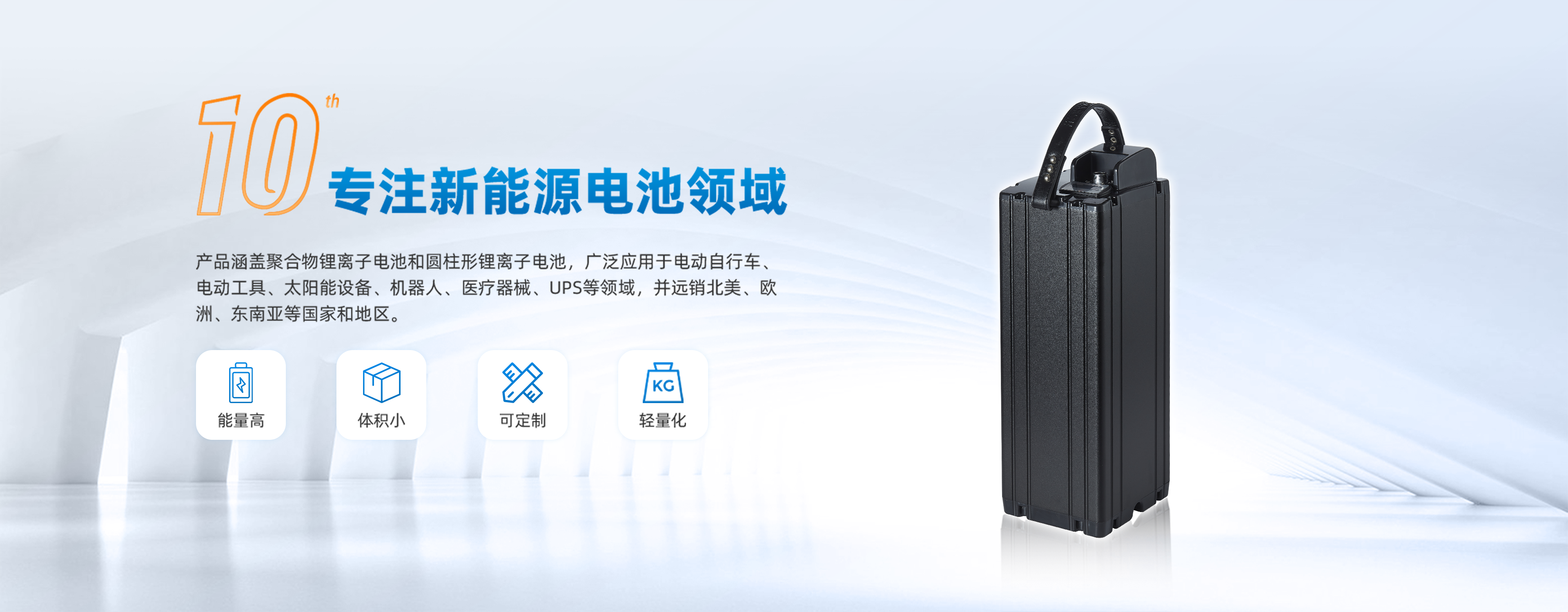
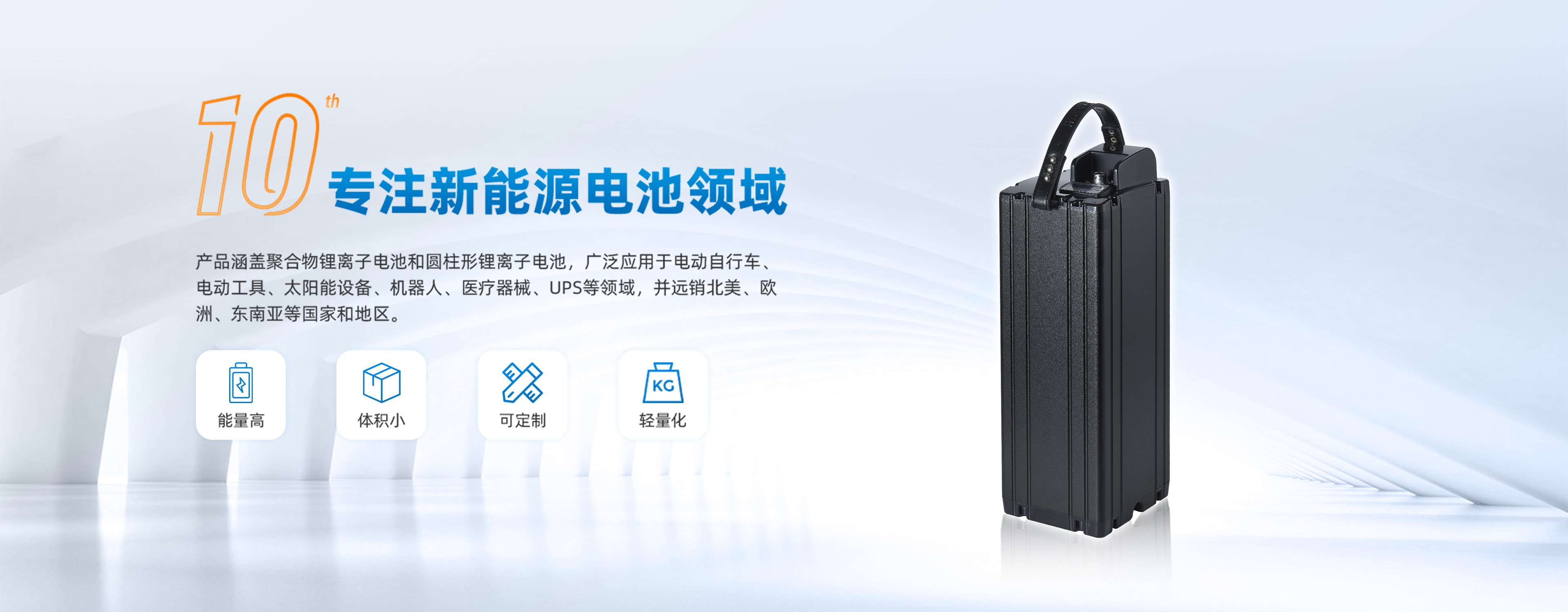
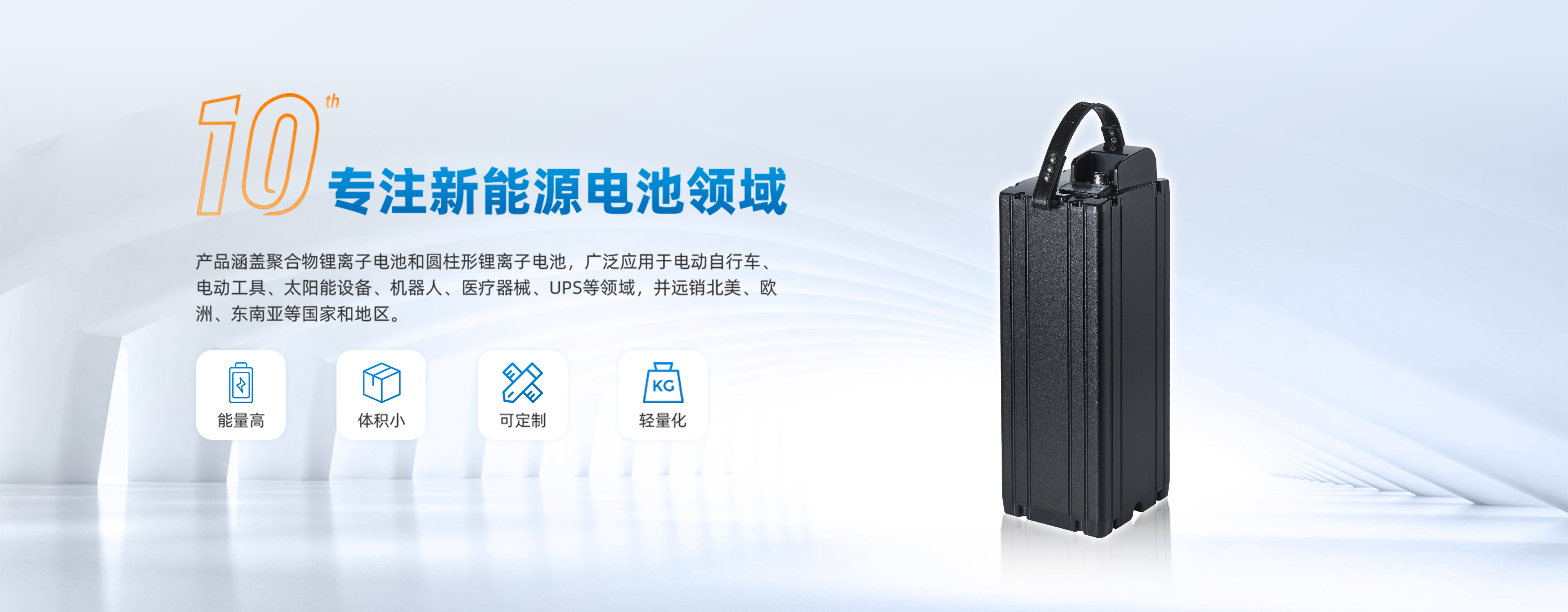



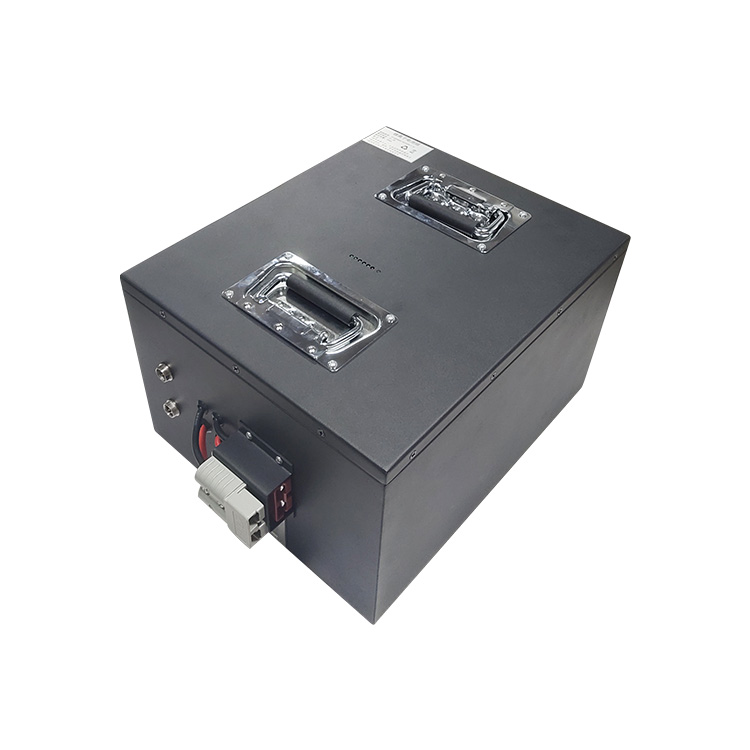


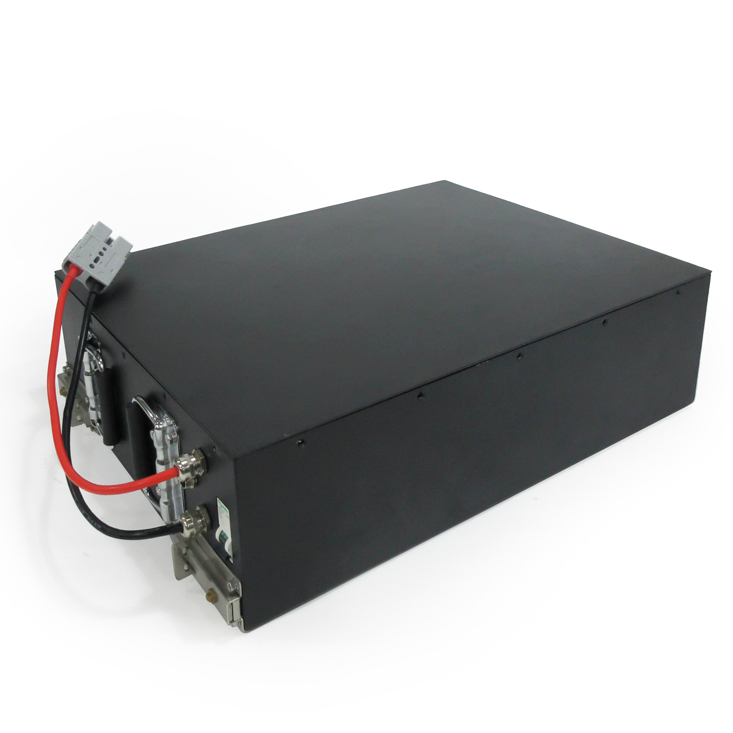

 Yue Gong Wang An Bei No. 4419002007491
Yue Gong Wang An Bei No. 4419002007491